Huh?
It turns out St. Louis has a Museum of Transportation. I saw that and thought, "Ooh. Cool. Infrastructure. I like infrastructure."
Does that surprise anyone?
I thought it would be focused on shipping an aircraft. It actually focused on railroads and cars. That actually made more sense, since St. Louis isn't known as a Mecca for large ocean going container ships. I suppose that's my Seattle-centric attitude influencing my expectations.
Most of the museum is outdoors, and it was lightly raining. That kept most of the tourists away and meant I had those monstrous collections of steel to myself.
The scale of the locomotives is amazing. I don't even want to think about how they got these monsters to the museum.
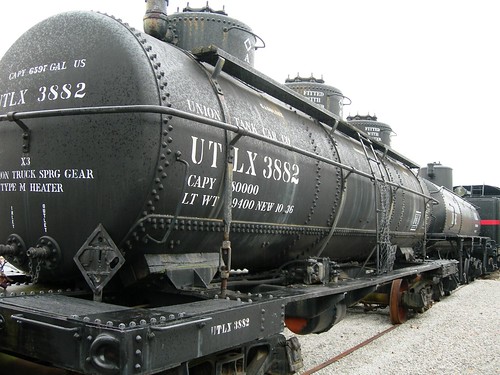
This locomotive began service in 1876 and continued hauling cars until (presumably) 1951. In Seattle, I don't often see equipment that's 130 years old, let alone large mechanical equipment.
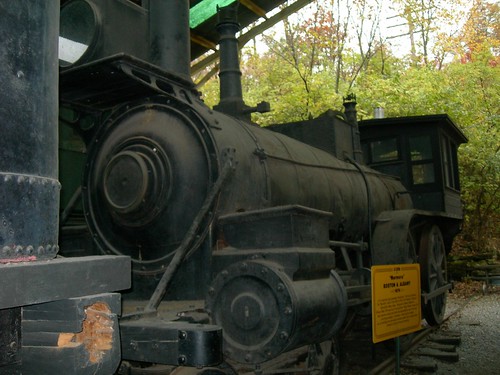
This is the most unusual train I saw.
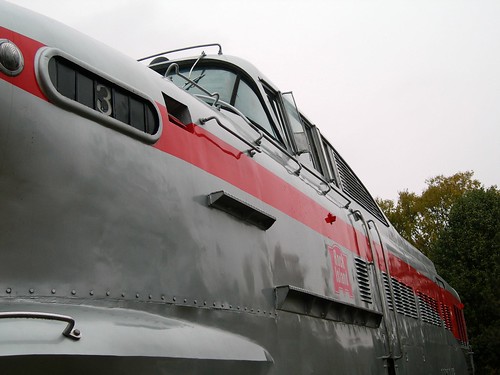
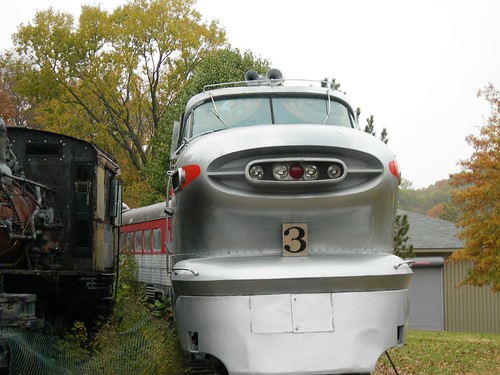
The coolest trains I saw were the snow plows.
This one is a more traditional wedge plow. It's pushed by another locomotive. Or several. It forces the snow off the tracks and to the side so freight can get through.

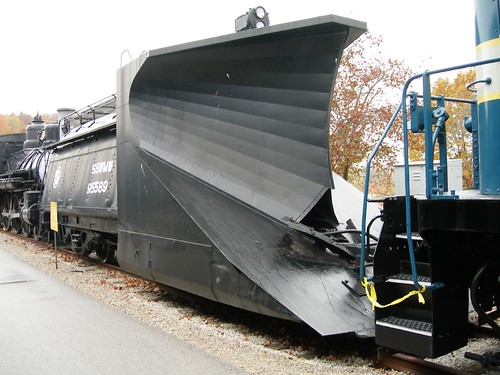
And here's a more modern snow plow.
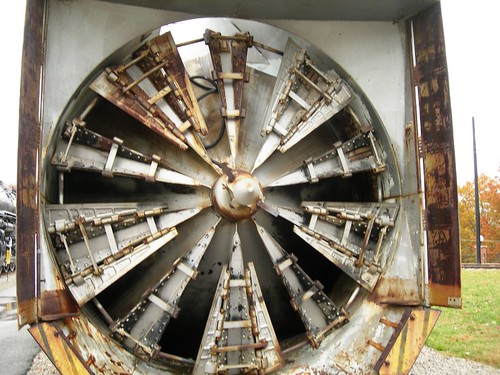
They have small car museum as well. They tell the story of the rise of the Motel, including the Coral Court Motel.
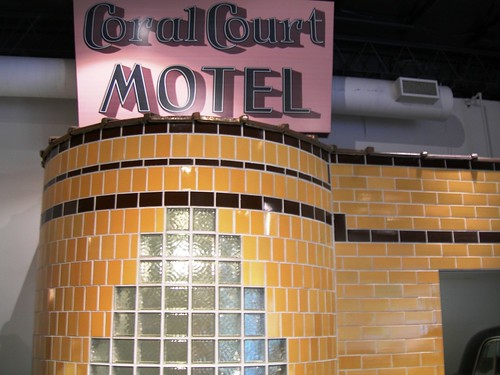
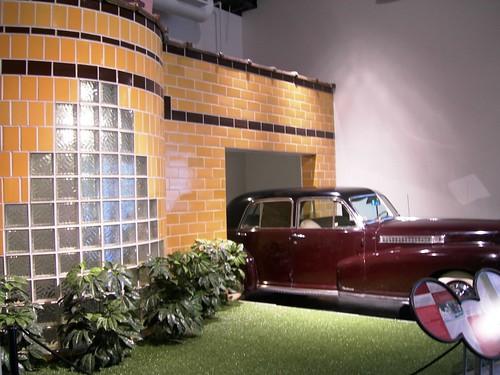
And what car museum would be complete without a classic Model T?
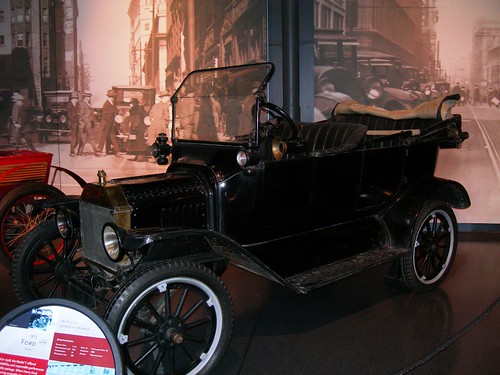
If you like trains and appreciate cars, the Museum of Transportation in St. Louis is worth several hours. Visit early in the day, when it's rainy, and you'll have the place to yourself.

1 comment:
I wish Cookie Monster had that plow train. He wouldn't have had to eat through all that snow.
http://www.youtube.com/watch?v=hxB2HFwrwqs
Post a Comment